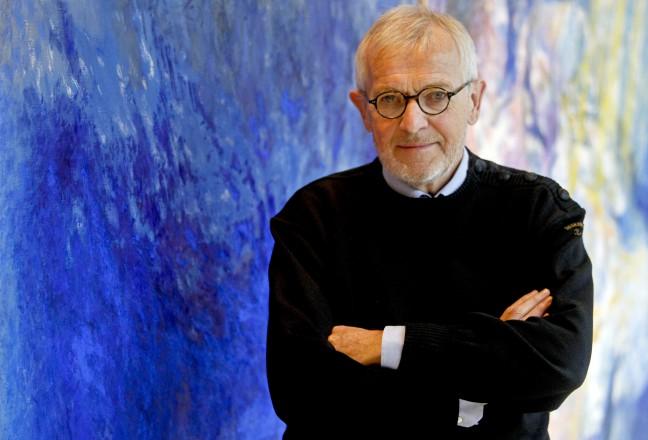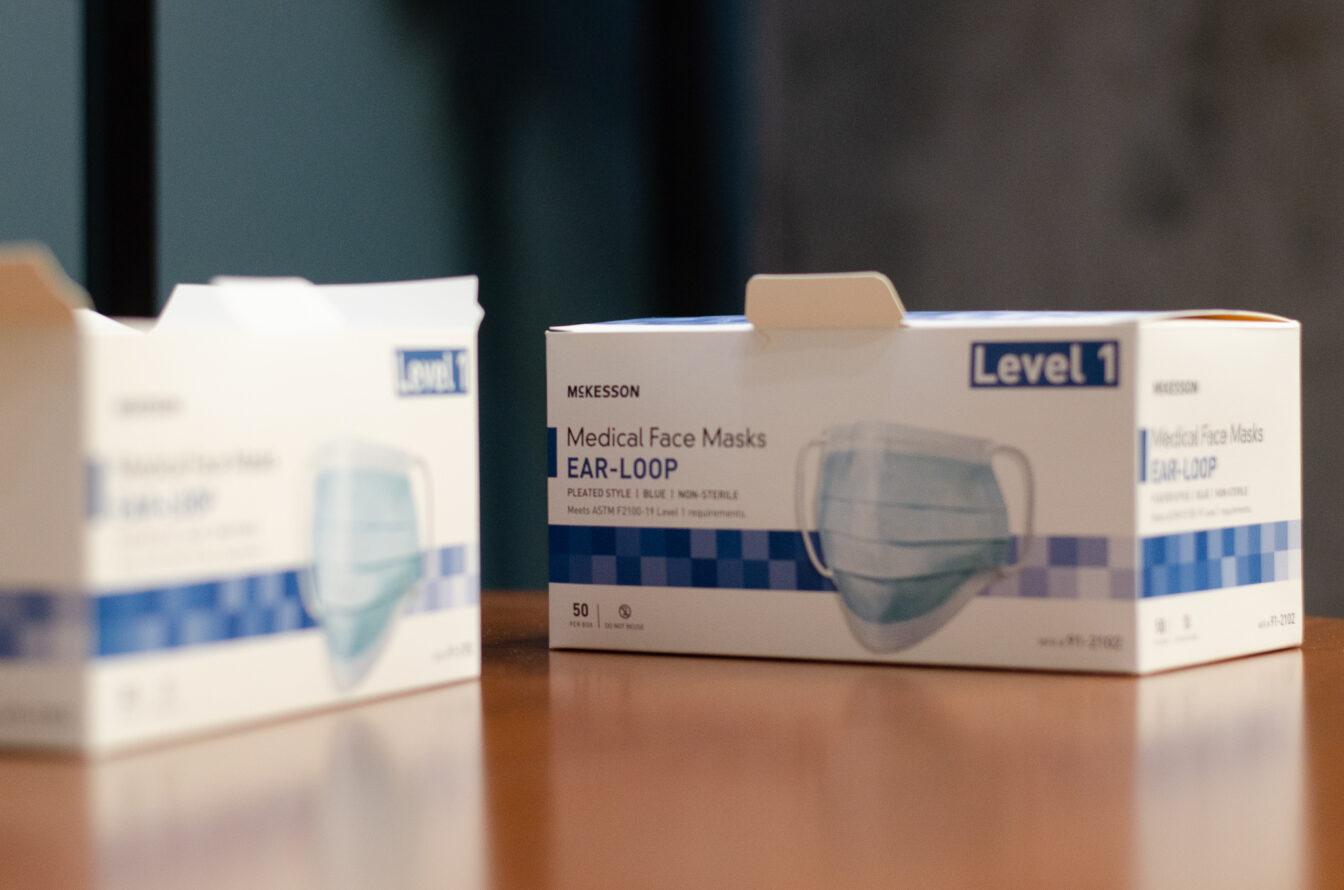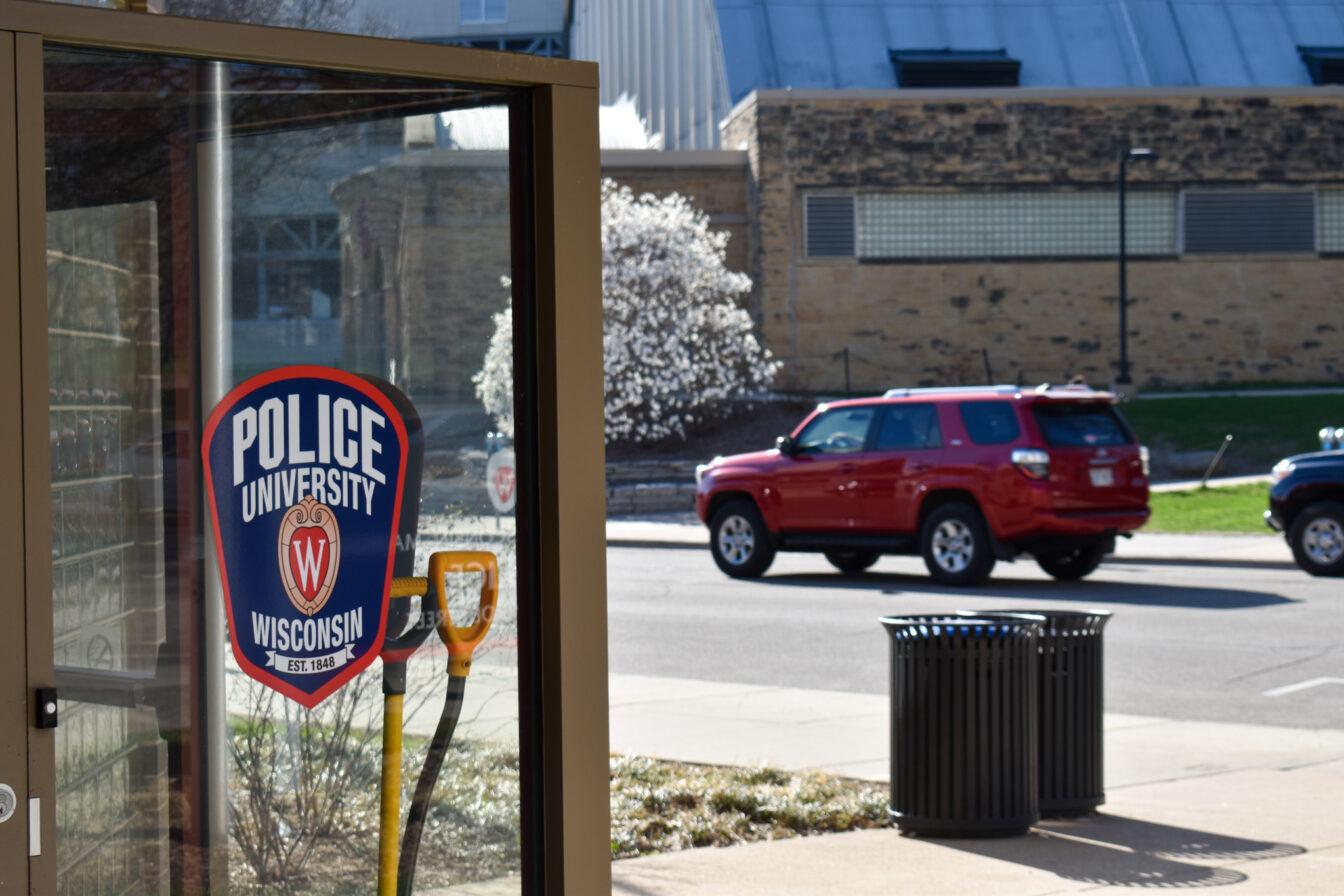For the past 20 years University of Wisconsin physics professor, Francis Halzen, has conducted groundbreaking subatomic particle research in the South Pole.
Halzen’s project, known as the IceCube project, is a detector in the South pole that detects subatomic particles known as neutrinos.
Halzen first came across the IceCube project and the study of neutrinos completely by accident. In fact, Halzen joked that there is no reasonable logic as to how he ended up working on the project.
However, the work that he does with neutrinos is not a joke. Neutrinos, Halzen explained, are the most common particles that make up matter.
“Often students are taught in school that the world is made out of electrons, protons and neutrons that make nuclei, and eventually the nuclei and electrons form atoms that make matter and that is the world,” Halzen said. “But that’s not true, there are also neutrinos, and there are more neutrinos in the universe than protons, neutrons and electrons.”
Halzen recently won the esteemed Balzan Prize for his research with the IceCube project.
Cheers to Francis Halzen, IceCube PI and winner of a 2015 Balzan Prize http://t.co/GPEjr1LMx9 pic.twitter.com/tQrtblUXO0
— IceCube Neutrino Observatory (@uw_icecube) September 8, 2015
Halzen said neutrinos are easiest explained as similar to photons, the particle that makes up light. But light does not have the ability to go through walls like neutrinos do.
In order to see the light neutrinos make, he worked for 10 years to determine how to create a detector. Once Halzen and his team determined how to do this, it took another 10 years to convince the National Science Foundation to fund the building of the detector.
The detector he created for the IceCube project targets actual ice beneath the surface in the South Pole. The detector has sensors that are able to record the interactions of the passing subatomic neutrinos.
Many of the neutrinos IceCube has detected have passed through the entire Earth before reaching the sensor.
Halzen said he estimates every six minutes that one million neutrinos go through the detector.
Though the IceCube project takes up most of his time, Halzen said he is working on another project that originated at UW dealing with matter and does theoretical work on weekends. One of the lead investigators of the project, however, left for Yale. Though it is just a side project, Halzen said there could be potential for anything.
“You never know what will happen with a project, maybe it will turn into another 20 year project like IceCube,” Halzen said.













